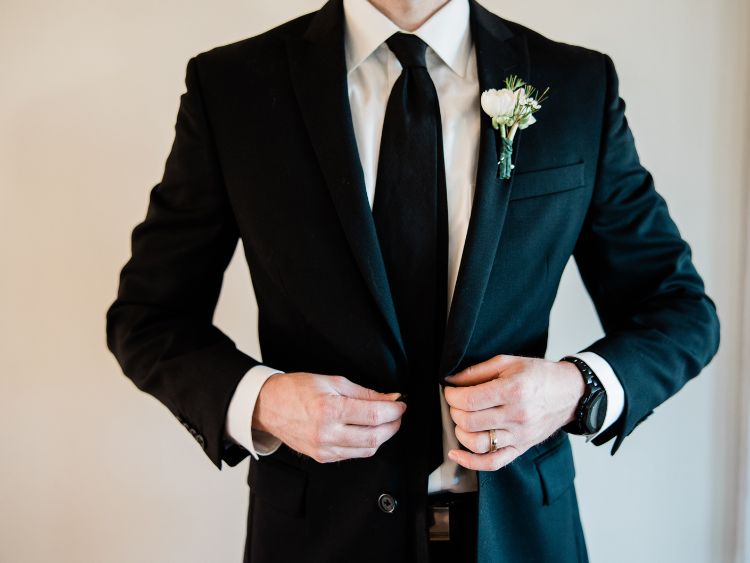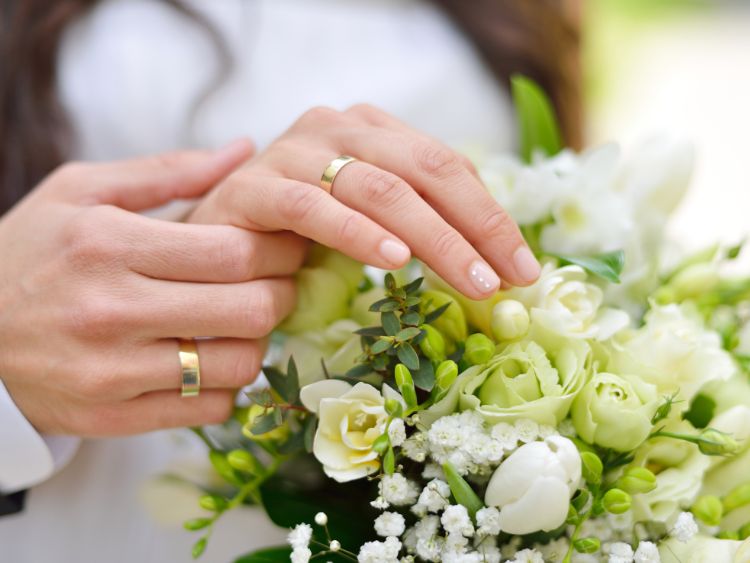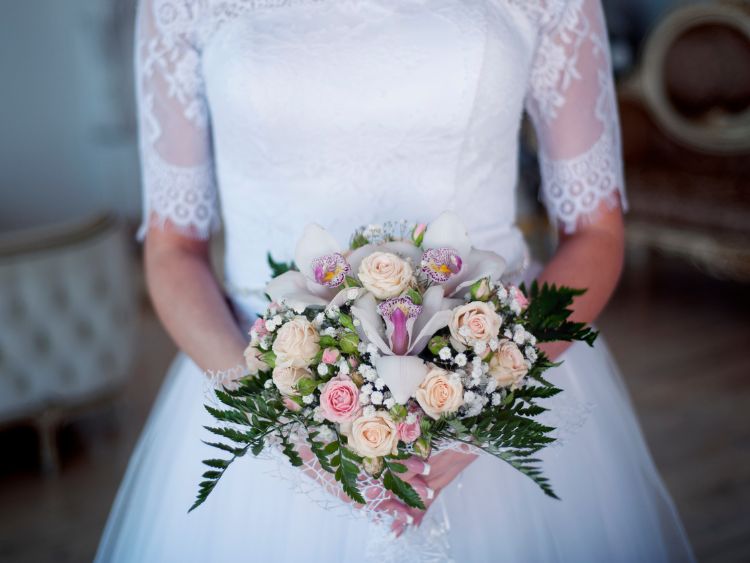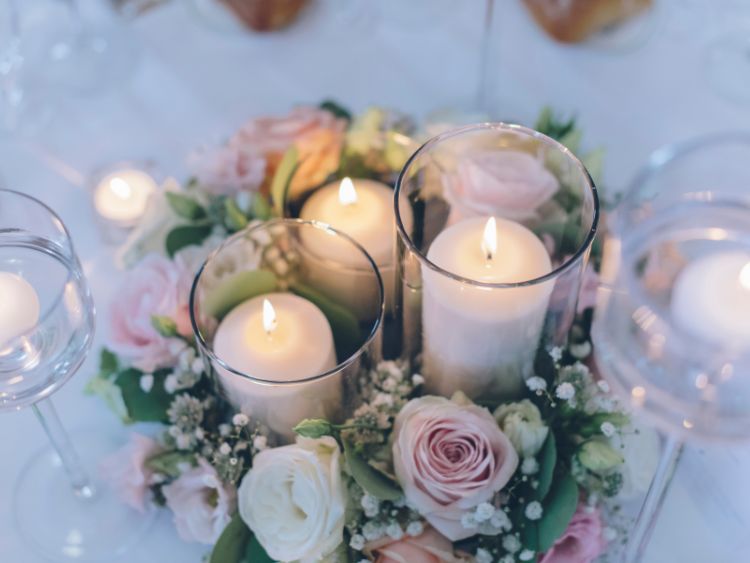Semi-Formal vs Formal: Decoding the Dress Code Dilemma
Navigating dress codes can sometimes feel like walking through a minefield. One minute you’re invited to a “formal” event, and the next, you’re trying to decipher what “semi-formal” really means. So, what’s the difference between semi-formal and formal attire? How do you ensure you’re dressed appropriately without over or under-doing it? This comprehensive guide will help you differentiate between these two dress codes, so you’ll always show up looking sharp and confident.
Why Dress Codes Matter
Dress codes exist for a reason—they set the tone of an event, reflect the level of formality, and ensure a cohesive look among attendees. Whether you’re heading to a wedding, a corporate event, or a fancy dinner, understanding the dress code is crucial. But with terms like “semi-formal” and “formal” often used interchangeably, things can get confusing.
Here, we’ll break down the key differences between semi-formal and formal attire, explore what each dress code entails, and offer tips on how to choose the perfect outfit for any occasion. By the end of this article, you’ll have a clear understanding of what to wear and when, ensuring you never second-guess your outfit choices again.
Understanding Formal Attire
Formal attire is the epitome of elegance and sophistication. It’s the highest dress code, typically reserved for events that require a polished and refined appearance. Think black-tie galas, upscale weddings, and awards ceremonies. Formal events demand that you look your absolute best, leaving little room for sartorial creativity.
For Men:
Men are expected to don a tuxedo, complete with a black bow tie, a formal dress shirt, and black patent leather shoes. A cummerbund or waistcoat is often worn, and the ensemble is usually black or midnight blue.
Key Elements of Men’s Formal Attire:
- Tuxedo (black or midnight blue)
- Formal white dress shirt
- Black bow tie
- Black patent leather shoes
- Optional cummerbund or waistcoat
For Women:
Women have a bit more flexibility, though the expectations are no less strict. Formal attire for women typically involves a floor-length evening gown, elegant jewelry, and high heels. The goal is to look glamorous and poised.
Key Elements of Women’s Formal Attire:
- Floor-length evening gown
- Elegant accessories (jewelry, clutch)
- High heels
- Sophisticated hair and makeup
Breaking Down Semi-Formal Attire
Semi-formal attire, as the name suggests, is a step down from formal but still requires a polished and put-together look. It’s less rigid, offering more flexibility while maintaining an air of sophistication. Semi-formal dress codes are common for weddings, cocktail parties, and upscale dinners.
For Men:
For men, a semi-formal outfit usually consists of a suit and tie. Unlike formal attire, a tuxedo is not required, and you can opt for a dark suit with a tie. The choice of shoes is also more relaxed—polished leather shoes will do just fine.
Key Elements of Men’s Semi-Formal Attire:
- Dark suit (navy, charcoal, black)
- Dress shirt (white or light-colored)
- Necktie or bow tie (optional)
- Leather dress shoes
For Women:
Women have more options in the semi-formal category. A cocktail dress, a dressy skirt and top, or a chic pantsuit are all appropriate. The key is to strike a balance between formal and casual, leaning more towards the formal side.
Key Elements of Women’s Semi-Formal Attire:
- Cocktail dress or dressy separates
- Dressy accessories (jewelry, clutch)
- Heels or elegant flats
- Neat, polished hair and makeup
Semi-Formal vs Formal: Key Differences
Now that we’ve covered what each dress code entails, let’s compare the two directly to highlight the main differences.
1. Occasion:
- Formal: Reserved for high-profile events such as black-tie galas, formal weddings, and state dinners.
- Semi-Formal: Suitable for weddings, cocktail parties, and upscale dinners.
2. Attire Complexity:
- Formal: Requires more structured, rigid attire like tuxedos and evening gowns.
- Semi-Formal: Offers more flexibility with suits, cocktail dresses, and dressy separates.
3. Accessories:
- Formal: Often involves luxurious accessories such as cufflinks, high-end jewelry, and silk ties.
- Semi-Formal: Allows for simpler, more understated accessories.
4. Footwear:
- Formal: Demands formal footwear, like patent leather shoes or elegant heels.
- Semi-Formal: Provides more leeway with polished leather shoes or dressy flats.
When to Choose Semi-Formal vs Formal Attire
Knowing when to wear semi-formal vs formal attire can save you from awkward fashion faux pas. Here are a few scenarios to consider:
Weddings:
- Formal: If the invitation says “black-tie” or “white-tie.”
- Semi-Formal: If the dress code is “cocktail attire” or “dressy casual.”
Corporate Events:
- Formal: For awards ceremonies, gala dinners, or high-profile meetings.
- Semi-Formal: For cocktail receptions, client dinners, or holiday parties.
Social Gatherings:
- Formal: For upscale charity events, opera nights, or formal dinners.
- Semi-Formal: For birthday parties, anniversaries, or business casual events.
Semi-Formal vs Formal: Common Mistakes to Avoid
Even with a clear understanding of dress codes, mistakes can happen. Here are some common pitfalls to watch out for:
1. Mixing Casual with Semi-Formal:
Semi-formal does not mean casual. Avoid jeans, sneakers, and overly relaxed clothing. The goal is to maintain a polished appearance, so stick to structured, dressy pieces.
2. Overdoing Accessories:
In both semi-formal and formal settings, less is often more. Stick to one or two statement pieces and keep the rest understated. Over-accessorizing can detract from the elegance of your outfit.
3. Ignoring Grooming:
Grooming is as important as the outfit itself. Ensure your hair, nails, and overall appearance are neat and polished. This applies to both semi-formal and formal occasions.
4. Misinterpreting the Invitation:
Always read the invitation carefully. If you’re unsure about the dress code, it’s better to overdress slightly than to show up underdressed.
FAQs: Semi-Formal vs Formal
1. Can I wear a short dress to a formal event?
- Generally, no. Formal events usually require floor-length gowns. However, a very dressy cocktail dress might be acceptable in some cases.
2. Is it okay to skip the tie in semi-formal attire?
- Yes, in some semi-formal settings, you can skip the tie. However, it’s safer to wear one if you’re unsure.
3. What colors are best for formal attire?
- Stick to classic colors like black, navy, and dark jewel tones. These colors exude sophistication and are less likely to clash with the event’s ambiance.
4. Can I wear a suit instead of a tuxedo for a formal event?
- No, a suit is not a substitute for a tuxedo at a formal event. A tuxedo is a must for black-tie events.
5. What should I do if I’m unsure about the dress code?
- If you’re ever in doubt, it’s best to ask the host or consult the event’s website. Overdressing is generally better than underdressing.
Conclusion: Mastering the Dress Code Game
Whether you’re attending a wedding, a corporate event, or a glamorous gala, understanding the difference between semi-formal and formal attire is crucial. By knowing the expectations for each dress code, you can make informed choices that ensure you look appropriate and stylish.
Remember, the key is to always err on the side of caution. If you’re unsure about what to wear, choose an outfit that leans more towards the formal end of the spectrum. This approach will keep you safe from any potential fashion missteps, allowing you to enjoy the event with confidence.
Authoritative Links for Further Reading:
- https://www.gq.com/story/mens-formalwear-etiquette
- https://www.vogue.com/article/semi-formal-dress-code-explained
- https://www.brides.com/semi-formal-vs-formal-dress-code-5076572
- https://www.esquire.com/style/mens-fashion/a27319916/formal-wear-guide/
By following this guide, you’ll be well-equipped to tackle any dress code with ease, ensuring you always make a memorable impression.



